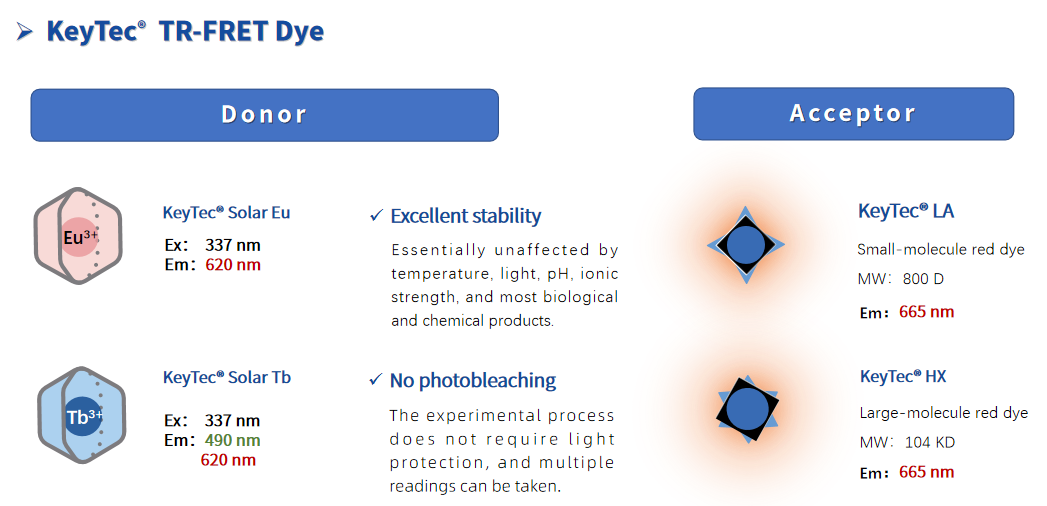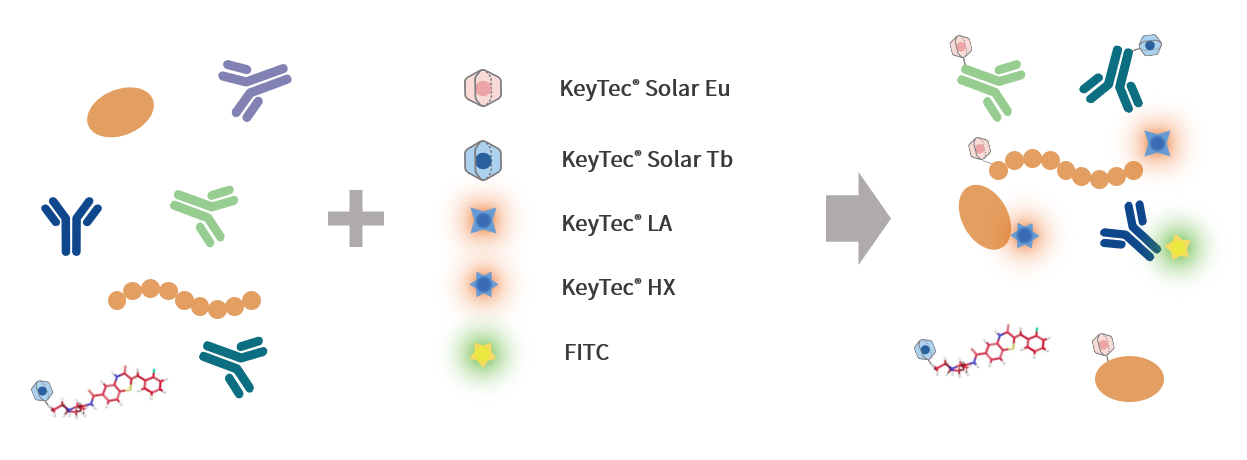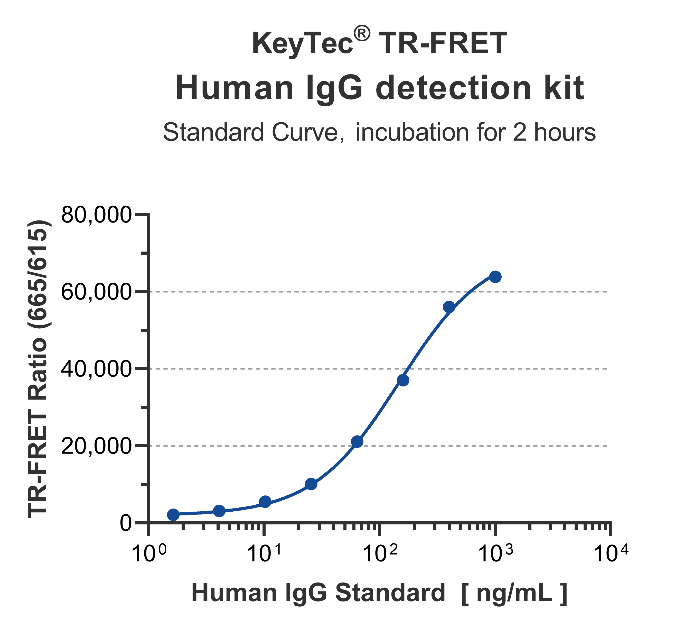Fluorescence labeling technology involves covalently or physically attaching highly sensitive fluorescent molecules to specific functional groups of target molecules. By detecting the fluorescence signals of labeled substances, qualitative or quantitative analysis of specific indicators in a system can be achieved. Fluorescence labeling offers advantages such as no radioactive contamination, simple operation, easy detection, and high sensitivity, making it widely applicable in many research fields.
Fluorescence labeling can be applied to small molecules, peptides, proteins, or antibodies for protein function studies, drug screening, and other areas. Applications include, but are not limited to, protein expression localization, protein-protein interactions, and enzyme activity analysis. Fluorescence-labeled drug screening can predict the mechanisms and kinetics of drug-protein interactions, improving the efficiency and reliability of new drug discovery. This technology has been widely adopted in pharmacology, physiology, environmental science, information science, and other fields.
The fluorescence-labeled products provided by VKEY-BIO are commonly used in TR-FRET (Time-Resolved Fluorescence Resonance Energy Transfer) applications. This technology combines the advantages of Time-Resolved Fluorescence (TRF) and Fluorescence Resonance Energy Transfer (FRET). Utilizing the long fluorescence lifetime of lanthanide elements, it achieves lower background noise, superior signal-to-noise ratio, and higher sensitivity. Additionally, two fluorophores—a donor and an acceptor—are used. When they are in close proximity and the donor is excited, FRET occurs. By integrating conventional immunological analysis models, homogeneous assays can be developed. Thus, these fluorescence-labeled products enable the creation of simple, rapid, accurate, miniaturized, and high-throughput "no-wash ELISA" assays.

VKEY-BIO has independently developed the KeyTec® TR-FRET series of fluorescent dyes: lanthanide-based fluorescent donors (Solar Eu/Tb) and red fluorescent acceptors (LA/HX). Leveraging these technical strengths, we continuously develop new TR-FRET-based products, including cytokine detection kits, intracellular phosphoprotein detection kits, hybridoma/antibody screening kits, and DIY Tool-Box reagents.

While providing high-quality ready-to-use reagents, we also offer comprehensive custom labeling services and assay development solutions. VKEY-BIO has an experienced and highly professional technical team capable of labeling and conjugating small-molecule compounds, proteins, antibodies, and peptides. We provide personalized solutions to meet diverse research needs.

To date, we have successfully developed a series of high-quality TR-FRET-based reagent products. Below are example data from some of our ready-to-use kits, demonstrating our excellent labeling service capabilities.
KeyTec® TR-FRET Human TNFα Detection Kit (Standard Curve)
.png)

KeyTec® TR-FRET Human IgG Detection Kit (Standard Curve)
.png)

1. Request Submission – The client submits a labeling request, specifying requirements. The company confirms the assay scope, quantity, and cost, and both parties sign a Labeling Service Agreement.
2. Sample Submission – The client provides the samples to be labeled. Our company performs the labeling service as agreed and completes the task within the scheduled timeframe.
3. Delivery – After labeling, we aliquot the products as requested and ship them to the client under cold conditions free of charge, along with a labeling report.
1. The sample should not contain components that interfere with labeling. Any special components must be declared in advance.
2. For liquid samples, the concentration should be >1 mg/mL.
3. Antibody/protein samples should not contain BSA, glycine, etc., and glycerol content should be <10%.
4. For large proteins, provide molecular weight, isoelectric point, buffer composition, and pH. For small peptides, provide the amino acid sequence. For small-molecule compounds, provide the molecular structure.
5. Any special requirements should be communicated in advance.